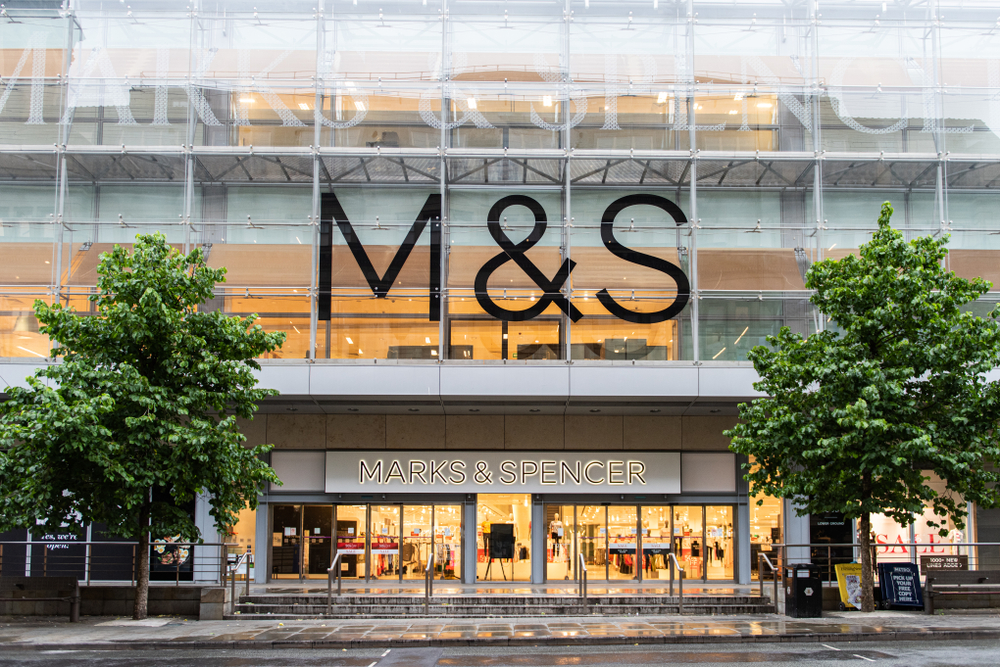Zara owner Inditex is expecting online to pass 25% of overall revenues within two years after the segment stood strong during a disappointing quarter.
The retailer has seen net sales drop 44% to €3.3 billion in the first quarter of 2020 as the COVID-19 pandemic and resultant lockdown in many countries hit physical sales. Gross profit also fell 45% to €1.9 billion.
During the same period, sales in the first quarter of 2020 increased 50%, with online sales in April up 95%.
The company said its flexible business model and supply chain had been “pivotal”. The company has some manufacturing plants in Asia producing products with stable demand while more expensive but flexible plants in Europe produce products with unpredictable demand.
It also has a decentralised rather than centralised design process, meaning it can respond to market signals and bring products from design to sale in less than six weeks.
This flexibility has allowed it to cut inventory 10% in the period of lower demand. The company keeps a significant amount of production in-house and reserves manufacturing capacity so it can adjust it mid-season.
The company was also able to cut operating expenses by 21% to $1.4 billion in the quarter.
Long-term impacts
The company said it expected online to rise from 14% in 2019 to over 25% by 2022.
Accordingly, the company plans to invest €1 billion in digital from 2020 to 2022. At the same time, it will close up to 12,000 stores.
Major projects will include opening new online studios at headquarters and rolling out RFID by the end of this year.
Inditex will be completing the development of its proprietary technology platform, called the Inditex Open Platform. The scalable platform, built on a hybrid cloud and designed to support data analysis, currently supports 60% of digital activities and will be completed by 2021.
The company also highlights sustainability as a major area of focus for the next few years, as rival Zalando this week said it had joined the RE100 sustainable energy coalition.








